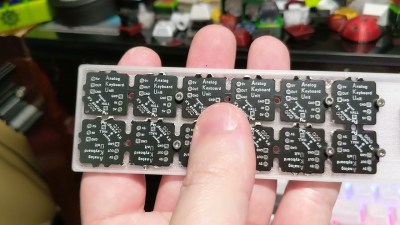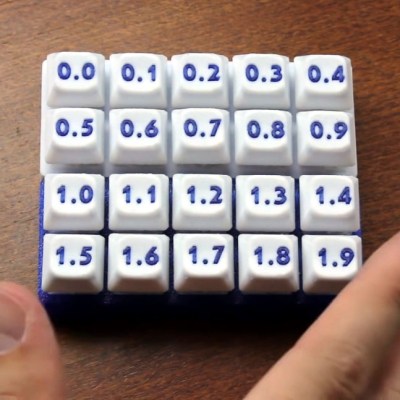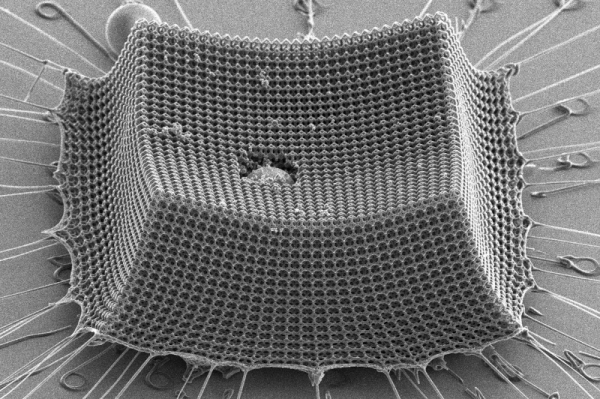Do you have burning opinions about GitHub Copilot, the AI pair programmer that Microsoft introduced a few months ago? Are you worried about the future of free and open software? The Free Software Foundation is funding a call for white papers of 3,000 or fewer words that address either Copilot itself or the subjects of copyright, machine learning, or free software as a whole. If you need more background information first, check out [Maya Posch]’s excellent article on the subject of Copilot and our disappointing AI present. Submissions are due by 10AM EDT (14:00 UTC) on Monday, August 23rd.
There are big antique books, and then there are antiphonaries — these are huge tomes full of liturgical chants and things of that nature. When one of them needs a lot of restoration work, what do you do? You build an all-in-one housing, display case, and cart that carefully holds it up and open (YouTube). Otherwise, you have to have multiple gloved people being extra careful. Jump to about the 14-minute mark to see the device, which is mostly made from extruded aluminum.
In more modern news: you may be waiting out this chip shortage like everyone else, but does it require renting out a bunch of real estate in perpetuity? We didn’t think so. Here’s an aerial photo of a stockpile of Ford Super Duty trucks that are waiting for chips at a dead stop outside the Kentucky Speedway. Thousands of brand new trucks, exposed to the elements for who knows how long. What could go wrong?
While we’re asking questions, what’s in a name? Well, that depends. We’ve all had to think of names for everything from software variables to actual children. For something like a new exoplanet survey, you might as well make the demonym remarkable, like COol COmpanions ON Ultrawide orbiTS, or COCONUTS. Hey, it’s more memorable than calling them X-14 and -15, et cetera. And it’s not like the name isn’t meaningful and descriptive. So, readers: do you think this is the worst name ever, planetary system or otherwise? Does it shake your tree? We’re on the fence.


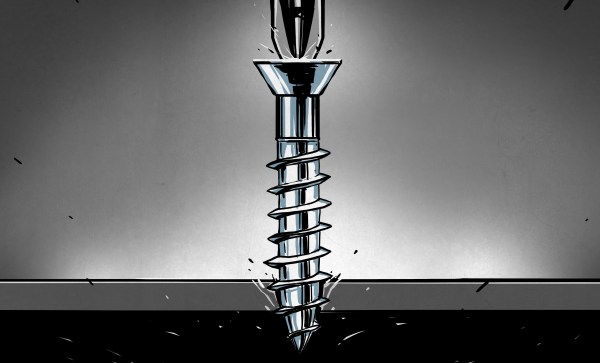
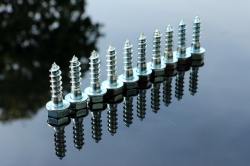
![[riskable]'s clacky magnetic switches](https://hackaday.com/wp-content/uploads/2021/07/mag-lev-void-keyswitches-800.jpg?w=600&h=450)
